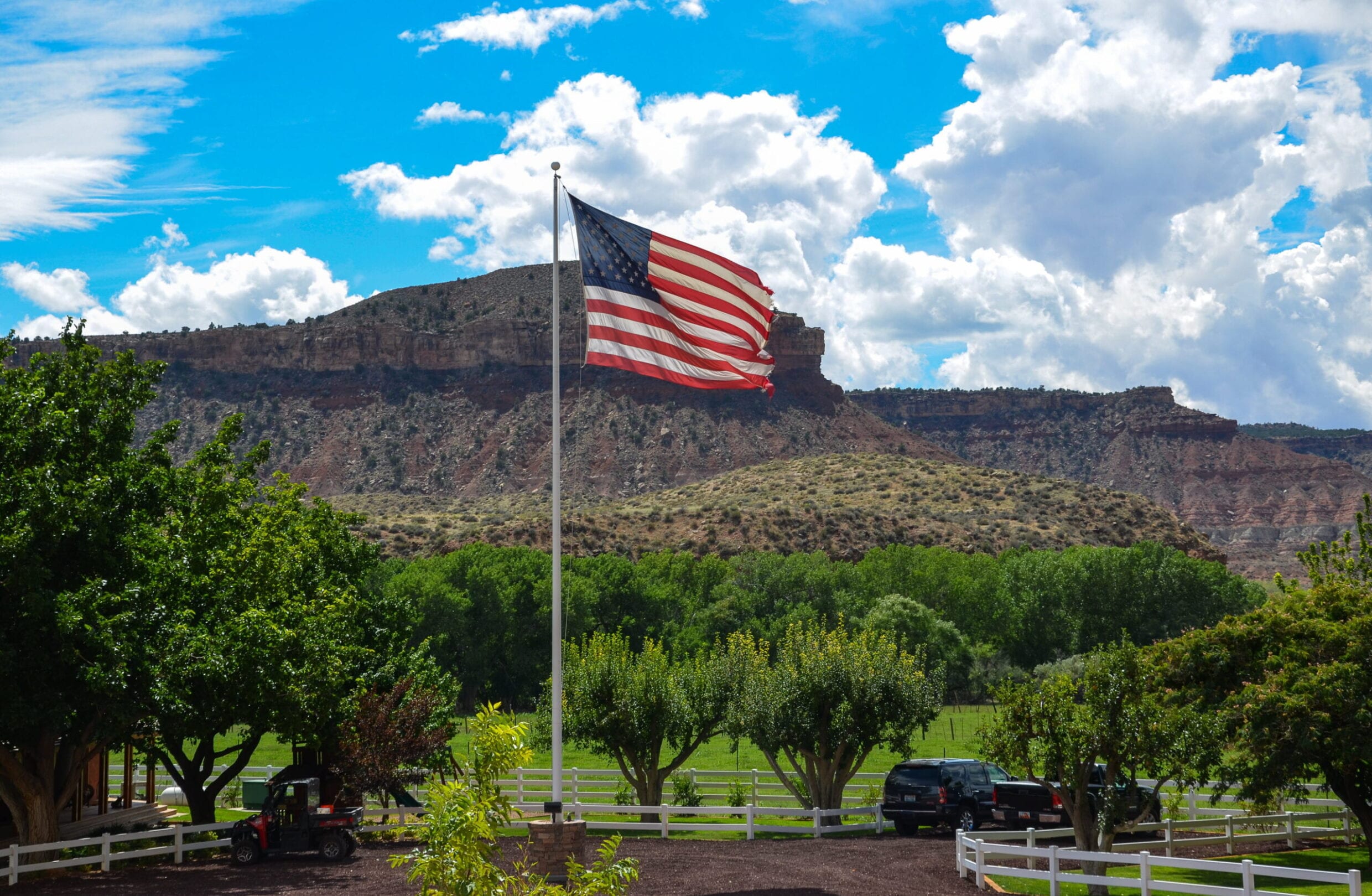THESE FAMILY-OWNED FARMLAND ENTERPRISES DEMONSTRATE RESILIENCE AND RESOURCEFULNESS.
Who operates the largest working farms in the U.S. and what do they grow? The Land Report, the magazine of the American landowner, produces the definitive annual survey of the nation’s largest private landowners. Here are three of the biggest crop farms (vs. grasslands and grazing ranches) in the latest ranking.
LARSEN FARMS
87,104 acres – potatoes, alfalfa
Odds are you’ve noshed on a spud from Larsen Farms. Maybe it was a Thanksgiving masher, one sold under the Green Giant label. Or was it a Lay’s potato chip or a stack of Pringles? The best part is that with each and every bite, you prove an Idaho teenager right.
That teenager was an Idaho farm boy named Blaine Larsen. During high school, Larsen heard a speaker disparage American agriculture as “a dying industry.” The teenager not only disagreed but he also set out to prove the speaker wrong. Larsen’s initial purchase of 80 acres of sagebrush-covered land near Hamer, Idaho, set him back $2,400. ($30 an acre!) But when Larsen dug down and ran that dirt through his fingers, he discovered a fertile, sandy soil filled with nutrient-rich volcanic loam from nearby Yellowstone National Park. That soil, combined with Idaho’s hot days and cold nights, grows a perfect potato.
Today, Larsen Farms grosses more than $400 million annually. Blaine and his two sons oversee operations in Idaho and Texas. (Blaine’s brother Richard runs the alfalfa hay business.) Larsen Farms manages every step of the way – from growing and storing to processing and delivering. According to Blaine Larsen, this hands-on approach is the principal reason for his ability to produce what he describes as “the best potato in the world.”
GAYLON LAWRENCE JR.
115,000 acres – citrus, corn, cotton, rice, soybeans, wine grapes, winter wheat
Gaylon Lawrence Jr. oversees The Lawrence Group, a diverse portfolio of companies and interests founded by his father that ranges from air conditioning and banks to commercial real estate and agriculture. Make that a whole lot of agriculture. The agribusiness component of The Lawrence Group encompasses more than 115,000 acres from coast to coast, including Heitz Wine Cellars in California’s Napa Valley, citrus groves in Florida, and a lot of places in between, especially in the Delta.
In 2010, Lawrence acquired a township on the Arkansas side of the Mississippi River. For more than a century, the principal purpose of the Lee Wilson Company was growing, ginning, and shipping cotton. Lawrence paid an estimated $110 million to buy out the Wilson heirs, and the purchase included far more than an aging Tudor village on the Arkansas-Tennessee line. Thanks to that nine-figure sum and additional purchases, The Lawrence Group owns 42,000 acres of farmland surrounding Wilson, one of the largest contiguous tracts of agricultural land in the Delta.
SCULLY FAMILY
106,725 acres – tenant farming
In the mid-19th century, William Scully was managing a few small farms in Ireland. Then he read about the rich farmlands south of Chicago. Scully borrowed 10,000 pounds sterling and went on a shopping spree. But Scully was no farmer. He leased his lands to tenant farmers and in the process created one of the largest farmland empires in the nation. By the dawn of the 20th century, his portfolio included more than 225,000 acres. His heirs oversee more than 100,000 acres of those original holdings. Passed down through four generations, the acreage has been divvied up among family members through carefully structured trusts designed to keep the land intact and in the family. In a book created for the Lincoln, Illinois, sesquicentennial in 2003, the author summed up the Scully family’s legacy:
“While their story is far from concluded, the history of the Scullys in America is primarily one of shrewd farm management and excellent soil care coupled with a landlord-tenant relationship that was as productive as it was unique.”
Learn More
https://landreport.com/ Read more about Farmland

